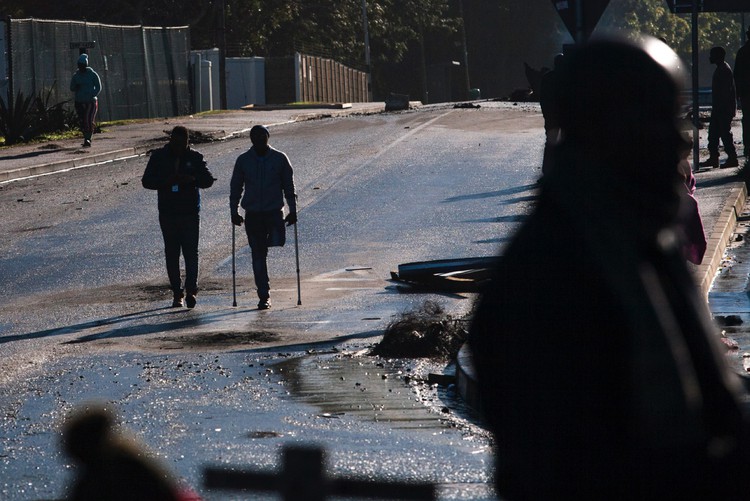Dysfunctional Compensation Fund leaves medical professionals “out of pocket”
“Doctors can’t give you a service without payment”

Lionel Rohlandt has been struggling with the Compensation Fund since 2017. He was injured at work in 2015, resulting in what is called a “through-knee amputation”.
“I’m struggling with an [injury] that needs attention. But doctors can’t give you a service without payment,” said Rohlandt.
He explained that the last time the Compensation Fund had paid the medical facility that treated him was in June 2017. The medical facility, he says, specialises in prosthetics and orthopedic services and “has been very lenient [over fees]”.
“They’ve always helped me. But at the end of day they also have costs,” said Rohlandt. “The problem is that there are thousands of other people suffering in the country because of non-payment [by the Compensation Fund].”
The problem is the fund’s software, Compeasy, which is dysfunctional.
As a result, many medical professionals are treating injured workers “out of pocket” due to the failure of the Compensation Fund’s system, according to the Injured Workers Action Group (IWAG), a coalition of independent organisations.
IWAG wrote an open letter on 5 March to the Minister of Employment and Labour Thulas Nxesi, Commissioner Vuyo Mafata of the Compensation Fund, and Group CEO of Britehouse Ed Gassner (the system implementers). The letter urged the three parties to stop spreading misleading information on the failing Compensation Fund system.
“This protracted dysfunctionality is having a direct impact on the lives of real workers who have been injured on duty across South Africa,” it reads.
Tim Hughes, IWAG spokesperson, told GroundUp: “The principal issue is that the entities that treat injured workers are not being paid for this treatment.”
Hughes said that since the beginning of October 2019, when Compeasy was activated, the system did not accept registration details.
“Some practices are going on to short-time, because they’ve not been paid for [services] provided to injured workers,” said Hughes.
He added that another “grave concern” for IWAG is that they’ve heard stories of applications being rejected, when many of these applicants are “entitled” to treatment. “They are then redirected to a public healthcare facility, which often doesn’t have the facilities required,” said Hughes.
IWAG’s open letter states that the Compensation Fund’s 2018/19 annual report shows that about 632 claims were made by injured workers; a number that didn’t include claims by the Federated Employers Mutual Assurance Company (FEMA) or Rand Mutual Assurance Company Limited (RMA).
IWAG estimates that “we now have to consider the possibility that close to 150,000 workers would have needed to claim since September, and that the vast majority would not have been able to do so”.
Hughes explained that the old system, called Umehluko, also had some issues: “We’ve switched from a relatively open and leaky system that has progressively improved, to one that is so complicated that people still can’t register.”
Hughes said they received correspondence from the Compensation Fund’s Commissioner Vuyo Mafata regarding setting up a meeting in April.
Despite repeated attempts, neither Ministers Nxesi nor Mafata could be reached for comment. Britehouse PR department also did not answer phones.
Support independent journalism
Donate using Payfast

Don't miss out on the latest news
We respect your privacy, and promise we won't spam you.
© 2020 GroundUp.
This article is licensed under a Creative Commons Attribution-NoDerivatives 4.0 International License.
You may republish this article, so long as you credit the authors and GroundUp, and do not change the text. Please include a link back to the original article.
